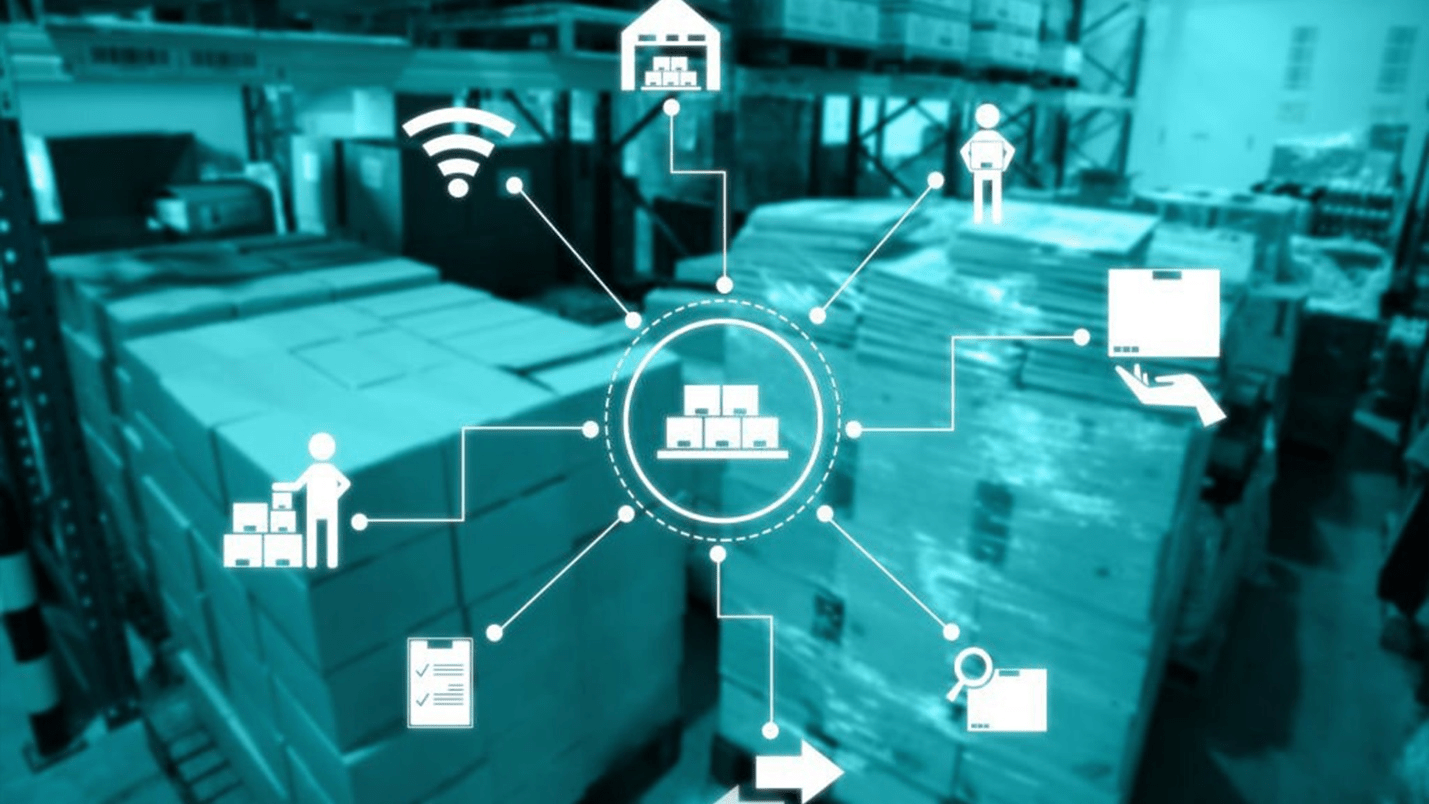
The Digital Doctor is In: AI and Telemedicine Redefine Healthcare
The healthcare industry is undergoing a seismic shift fueled by artificial intelligence (AI) and telemedicine.

Materials yielded by the chemical process industries (CPI) are utilized in nearly all global product chains. As per the Science Based Targets Initiative, around 95% of manufactured products depend on chemical goods. This omnipresence amplifies the supply-chain disruptions obtained by labor shortages and the persistent economic impacts of the pandemic. A study executed in late 2021 by the American Chemistry Council (ACC) surveyed 67 chemical manufacturers, who overwhelmingly documented that supply-chain problems were producing lost production (66% of respondents), shipping delays (94% of respondents), and grown transport costs (93% of respondents). Furthermore, the ACC study demonstrated that the materials shortages and cost increases forced by production and shipping disruptions affected 85% of those surveyed.
This heightened focus on supply-chain issues coincides with the CPI’s continued steps to improve the environmental sustainability of their products and procedures and the industry’s continued foray into digitalization.
Alongside the physical materials transiting through interconnected and complicated global supply chains, a wealth of critical data must also be transmitted. When transporting dangerous goods, accurate documentation and storage are essential to ensure that the products reach the appropriate destination while complying with local and federal regulations, with minimal risk to personnel and the environment.
“When we talk about dangerous goods, it boils down to knowing what you are shipping, what mode you are using — road, air or sea — and who is conducting the shipping. When it comes to what you are shipping, people don’t often appreciate the effort that runs on in the background to get those products accurately labeled and packaged. You may be crating a brilliant product, but if you don’t know how to transport it, it’s just going to slow down the supply chain,” says Mario Sagastume, vice president — of software & customer success at Labelmaster (Chicago, Ill.; www.labelmaster.com).
It is no secret that material shortages lead to supply-chain disruptions, but these issues also impact the shipping and logistics providers. Particularly in the shipment of dangerous goods, where specialized preparation and packaging are required, the shortage of shipping materials is causing logistical challenges. “The difficult thing, from a supplier perspective right now, is that all of the labels that we produce are vetted by federal authorities, and they have particular requirements related to how labels should react under sunlight, or underwater for maritime transport, for example, and to get the right adhesives and liners is quite challenging. Dangerous-goods packaging requires to be specially treated in many cases as well, which can also slow down the process,” explains Sagastume.
Amidst all of these issues, being adaptable and communicative is critical. Customers must knowably articulate their needs to best scale their demand based on availability or shift shipments from one point to another. “That flexibility is paramount to being able to survive these problems and ramp up for the next wave of shortages or disruptions,” states Sagastume.
As more organizations and consumers focus on sustainability, manufacturers are also increasingly considering the climate impacts of their products over their entire lifecycle. Since a huge portion of a company’s emissions may come from supply-chain considerations, entry to representative and detailed data at all points in a product’s lifecycle is critical to fully understanding the environmental implications of global production chains.

The healthcare industry is undergoing a seismic shift fueled by artificial intelligence (AI) and telemedicine.

The healthcare and pharmaceutical sectors are navigating a transformative period, with technological advancements reshaping patient care, operational efficiencies, and strategic growth.

In the world of business, financial wizards wave their wands to conjure profits and success. But behind every great money magician …

Insurtech is not just making waves in the insurance industry—it’s rewriting the rulebook. As technology-driven startups disrupt …